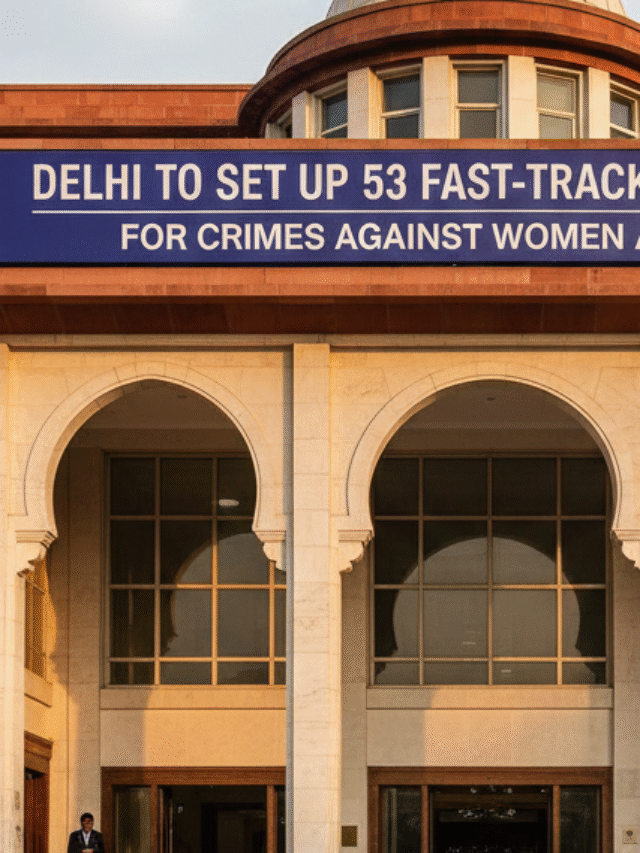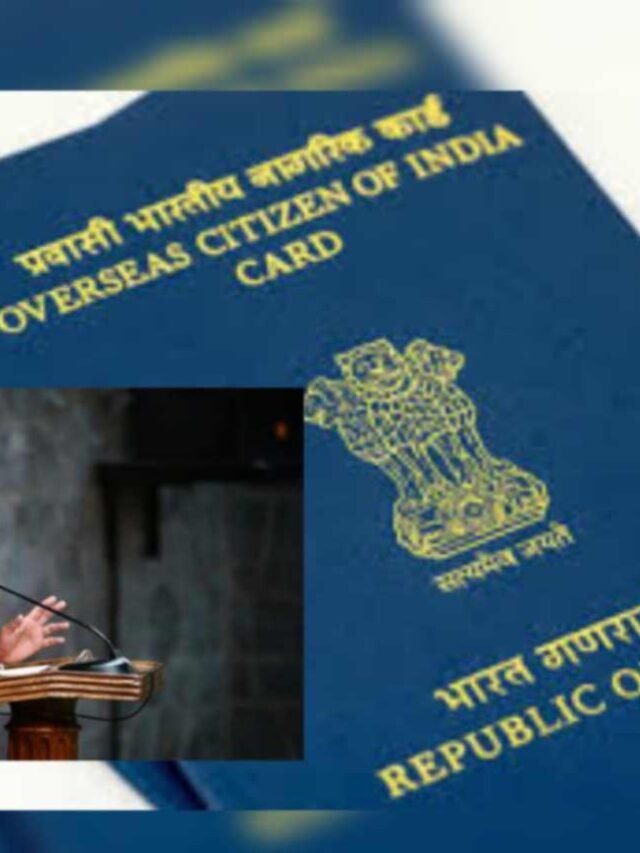The Supreme Court of India has released new guidelines to standardize the collection, storage, and handling of DNA evidence in criminal investigations. Learn about the Kattavellai @ Devakar v. State of Tamil Nadu case, its implications, and how the new rules aim to ensure justice by improving forensic procedures.
Introduction
In a historic ruling in July 2025, the Supreme Court of India laid down standardized guidelines for managing DNA evidence in criminal investigations. This decision stemmed from the case Kattavellai @ Devakar v. State of Tamil Nadu, where procedural failures in handling DNA evidence led to the acquittal of a man previously sentenced to death. The Court emphasized that the credibility of DNA evidence hinges on scientific precision and tamper-proof protocols, which are essential for preserving its integrity in the judicial process.
Background: The Kattavellai @ Devakar Case
The case concerns a heinous incident that took place in May 2011 at Suruli Falls in Tamil Nadu, involving the brutal murder of a young couple and the sexual assault of the female victim. The accused, Kattavellai @ Devakar, was charged under Sections 302 (murder), 376 (rape), and 397 (robbery) of the Indian Penal Code, 1860. He was pronounced guilty by the trial court and sentenced to capital punishment. This conviction was subsequently affirmed by the Madras High Court, with the judgment heavily relying on DNA evidence that was claimed to establish a direct link between the accused and the crime scene.
However, upon closer scrutiny, the Supreme Court found several procedural lapses that rendered the DNA evidence unreliable. These included:
- Conducting the post-mortem in an open space.
- Inadequate record-keeping in maintaining the chain of custody.
- A delay of 41 days in sending biological samples to forensic labs.
- Vague and unverified storage conditions.
- Gaps in record-keeping during the transfer and handling of samples.
Due to these faults, the DNA evidence could not be considered reliable, leading the apex court to overturn the conviction. The Court remarked that the entire investigation suffered from a pattern of “fundamental errors” and emphasized the urgent need for standardized forensic procedures.
Supreme Court Observations on DNA Evidence in India
The Court expressed serious concerns about the inconsistency in DNA evidence handling across various states. Despite having existing forensic protocols, their implementation lacked uniformity and rigor. Justice Karol, writing the opinion, observed that DNA profiles could be a powerful tool in criminal justice but only when handled with scientific accuracy.
The judgment pointed out:
- DNA evidence, though inherently reliable, becomes inadmissible if tainted by procedural errors.
- Rejection of DNA evidence in multiple cases has stemmed from mishandling during collection, transport, or analysis.
- The absence of a unified national standard poses a risk to justice, even though “Police” and “Public Order” fall under state jurisdiction.
- The credibility of forensic evidence hinges on proper preservation, which necessitates clear and consistent protocols across all jurisdictions.
New Guidelines for Handling DNA Evidence
To address these gaps, the Supreme Court issued four key guidelines that now serve as a nationwide standard for all cases involving DNA evidence:
Collection and Documentation
DNA samples must be carefully collected, properly packaged, and documented. The documentation should include the FIR details, names and designations of the investigating officer and medical personnel, and relevant serial numbers. If independent witnesses are unavailable, efforts to secure them, along with the reasons for their absence, must be recorded.
Transportation and Timeliness
The investigating officer is responsible for transporting the DNA samples securely to the concerned police station or hospital. The evidence must be sent to the forensic laboratory within 48 hours. If delays occur, they must be justified in the case diary.
Storage and Access Control
Until the case concludes through trial or appeal, the DNA samples must not be opened or resealed without specific authorization from the trial court. Any such request must be backed by a statement from a medical expert and court approval, ensuring that the evidence’s integrity remains uncompromised.
Chain of Custody Maintenance
A detailed Chain of Custody Register must track the movement of the DNA samples from collection to final disposition. Each handover must be logged with counter-signatures, and the complete register must be submitted to the trial court. Failure to maintain this record can lead to accountability for the investigating officer. State DGPs are directed to develop sample formats and ensure district-wide implementation.
Is DNA Evidence Always Conclusive in Criminal Trials?
While DNA technology has revolutionized forensic science, its admissibility in court depends entirely on procedural compliance. Even the most accurate genetic matches can be disregarded if mishandled. The Court cited recent cases—Manoj v. State of M.P. (2022), Prakash Nishad v. State of Maharashtra (2023), and Rahul v. State (2022)—in which DNA evidence was rejected due to contamination risks and a poor chain of custody.
Thus, the probative value of DNA hinges not just on scientific analysis but also on how samples are collected, stored, and transported. DNA must be preserved in a hygienic and biologically safe environment throughout the entire investigation and judicial process.
Legal Framework for DNA Evidence in India
Several laws and procedures govern DNA evidence in India:
- Indian Evidence Act, 1872: Sections 25 to 27 of the Indian Evidence Act, 1872, deal with the admissibility of confessions and information disclosed by the accused.
- Criminal Procedure Code, 1973: Outlines the procedural flow for evidence handling.
- Constitution of India (Article 21): Ensures a fair trial and protects against wrongful conviction.
- Indian Penal Code, 1860: Identifies crimes in which DNA evidence is critical, such as murder and rape.
- Forensic Guidelines: Protocols issued by the Directorate of Forensic Science Services and other bodies set technical standards but lacked uniform application, prompting judicial intervention.
Conclusion
The Supreme Court’s 2025 decision represents a landmark shift in Indian criminal law. By establishing clear and enforceable standards for managing DNA evidence, the Court has made a significant advancement in bolstering the criminal justice system.
These guidelines are designed to enhance the reliability of forensic evidence, minimize the chances of wrongful convictions, and protect the rights of both victims and defendants. Moving forward, consistency, timely procedures, and transparency in DNA evidence handling will form the cornerstone of forensic investigations across the country.

























